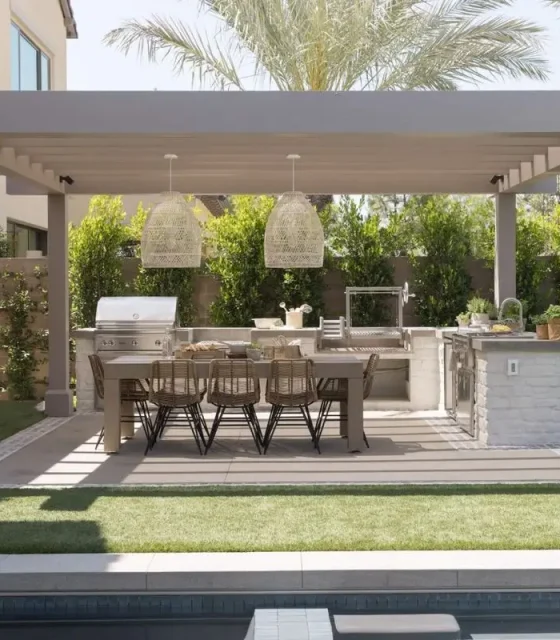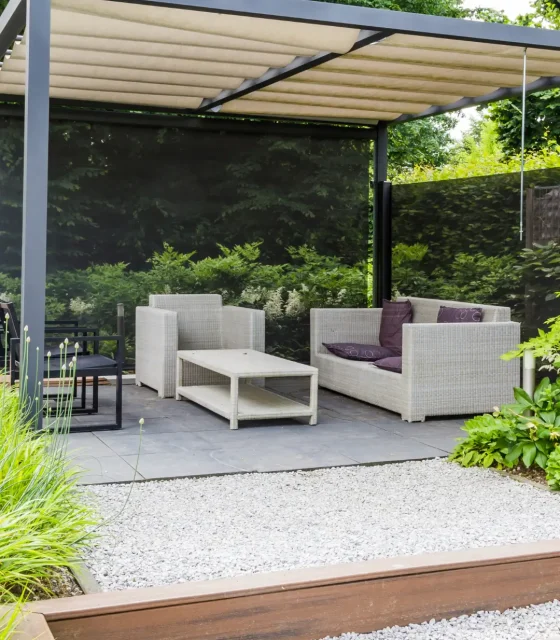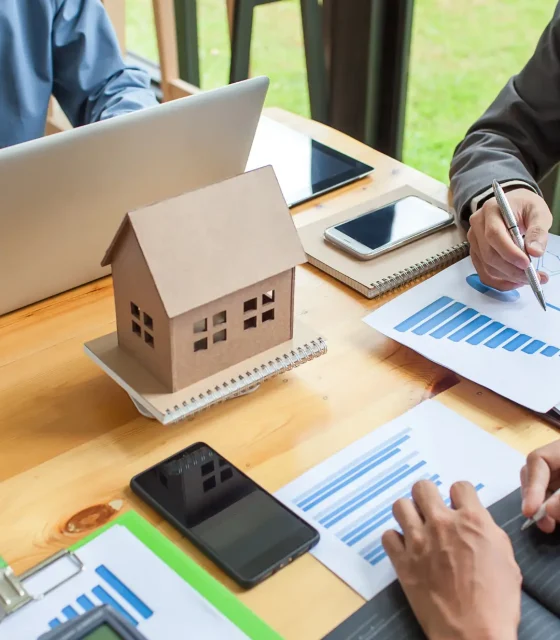How Can You Maximise Space and Value with a Home Extension in Melbourne?
Melbourne’s property market has evolved rapidly over the past decade, and so have the needs of homeowners and investors. Families grow, work-from-home demands increase, and property values rise — but rather than moving, more Melburnians are choosing home extensions as a smarter, more cost-effective way to upgrade their living space while staying in the location they love.
This complete guide explores everything you need to know about home extensions in Melbourne — from extension types and costs to planning approvals, energy efficiency, and return on investment.
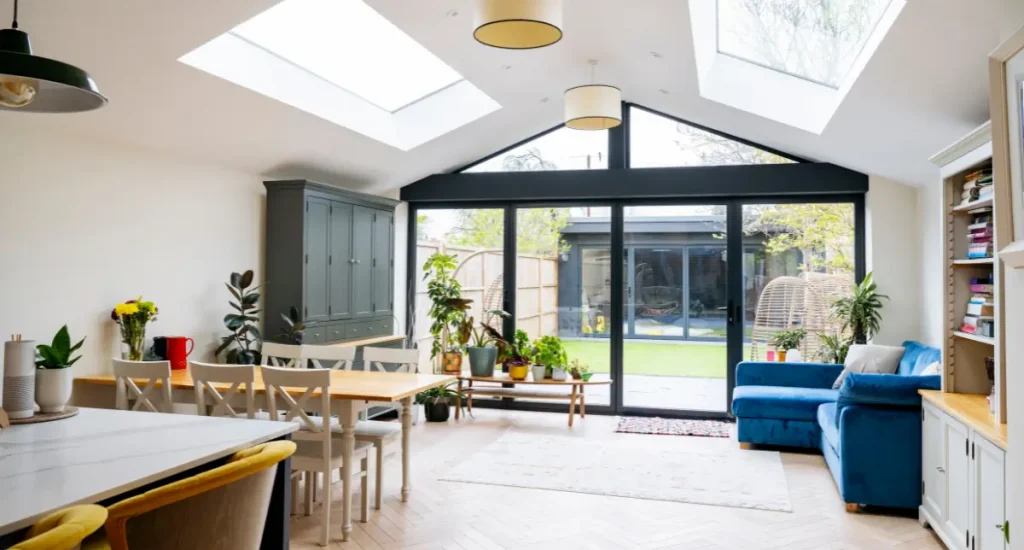
Why Extend Your Melbourne Home Instead of Moving?
Choosing to extend your home instead of moving offers several benefits:
Financial Savings: Avoid costly stamp duty, real estate agent fees, and relocation costs that can add up to tens of thousands of dollars.
Stay Where You Love: Maintain proximity to schools, workplaces, and community connections.
Tailored Design: Create functional, stylish spaces that perfectly match your lifestyle or investment strategy.
Value Growth: Well-planned extensions can significantly increase your property’s resale value and rental appeal.
Fact: CoreLogic reports that Melbourne properties with thoughtful extensions often achieve above-average market growth compared to unrenovated properties.
Popular Types of Home Extensions in Melbourne
There’s no one-size-fits-all solution. The right extension depends on your goals, block size, and property type. Here are the most popular options:
Ground-Floor Rear Extensions
Ideal for properties with backyard space.
Expands living areas, kitchens, or dining spaces.
Popular for open-plan layouts connecting to outdoor entertaining zones.
Second-Storey Additions
Adds bedrooms, bathrooms, or parent retreats without reducing outdoor areas.
Suitable for growing families or investors seeking multi-dwelling potential.
Can double floor space without impacting land size.
Side Extensions
Great for heritage terraces or narrow Melbourne blocks.
Adds functionality to tight layouts.
Maintains original street façade for heritage compliance.
Basement Extensions & Under-House Conversions
A clever way to add usable space in sloped or inner-city properties.
Ideal for gyms, wine cellars, home theatres, or storage.
Granny Flats & Secondary Dwellings
Perfect for multi-generational living or rental income.
Can be attached or detached from the main home.
Meets Victoria’s increasing demand for rental accommodation.
Garage & Loft Conversions
Transforms underused garages or attics into home offices, guest suites, or studios.
Low-disruption way to gain more rooms without major structural changes.
Outdoor & Alfresco Living Extensions
Covered patios, pergolas, and outdoor kitchens suit Melbourne’s love of entertaining.
Seamless indoor-outdoor integration increases lifestyle appeal and resale potential.
Design Inspiration: Extension Ideas for Different Melbourne Homes
Victorian & Edwardian homes: Heritage façades paired with sleek modern rear extensions.
Townhouses: Vertical extensions and clever space-saving layouts.
Suburban family homes: Large open-plan living areas with kids’ zones and outdoor entertaining.
Inner-city terraces: Light-filled side and rear extensions to overcome narrow layouts.
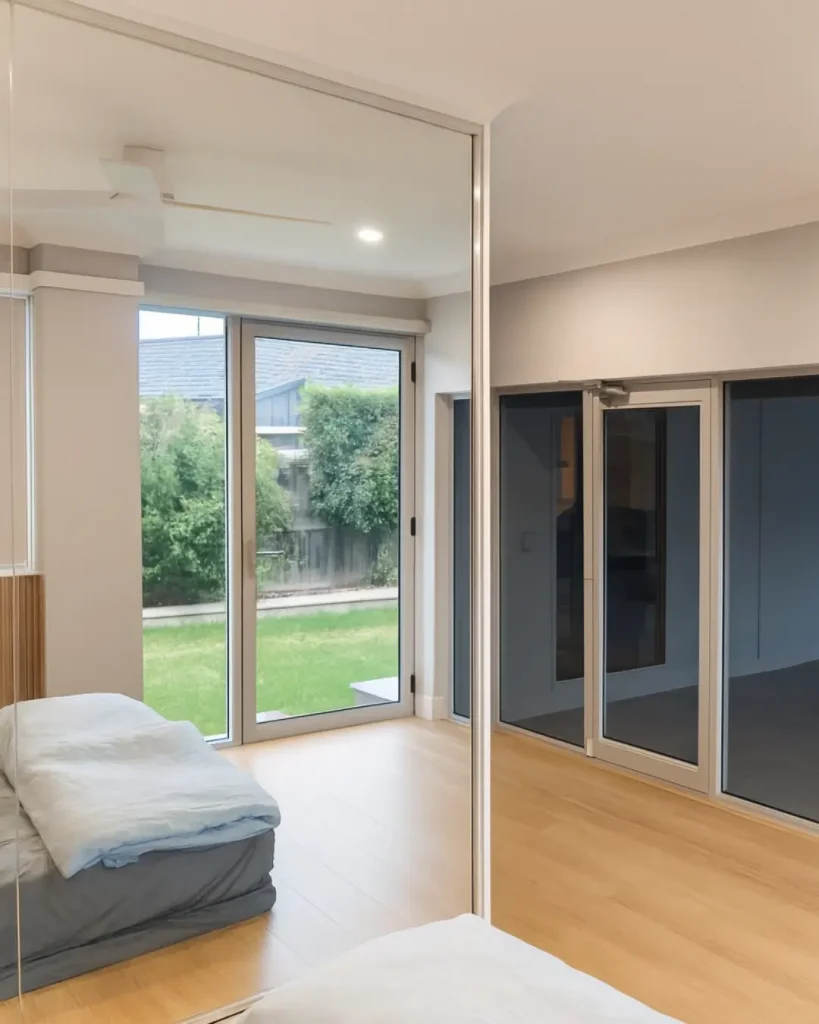
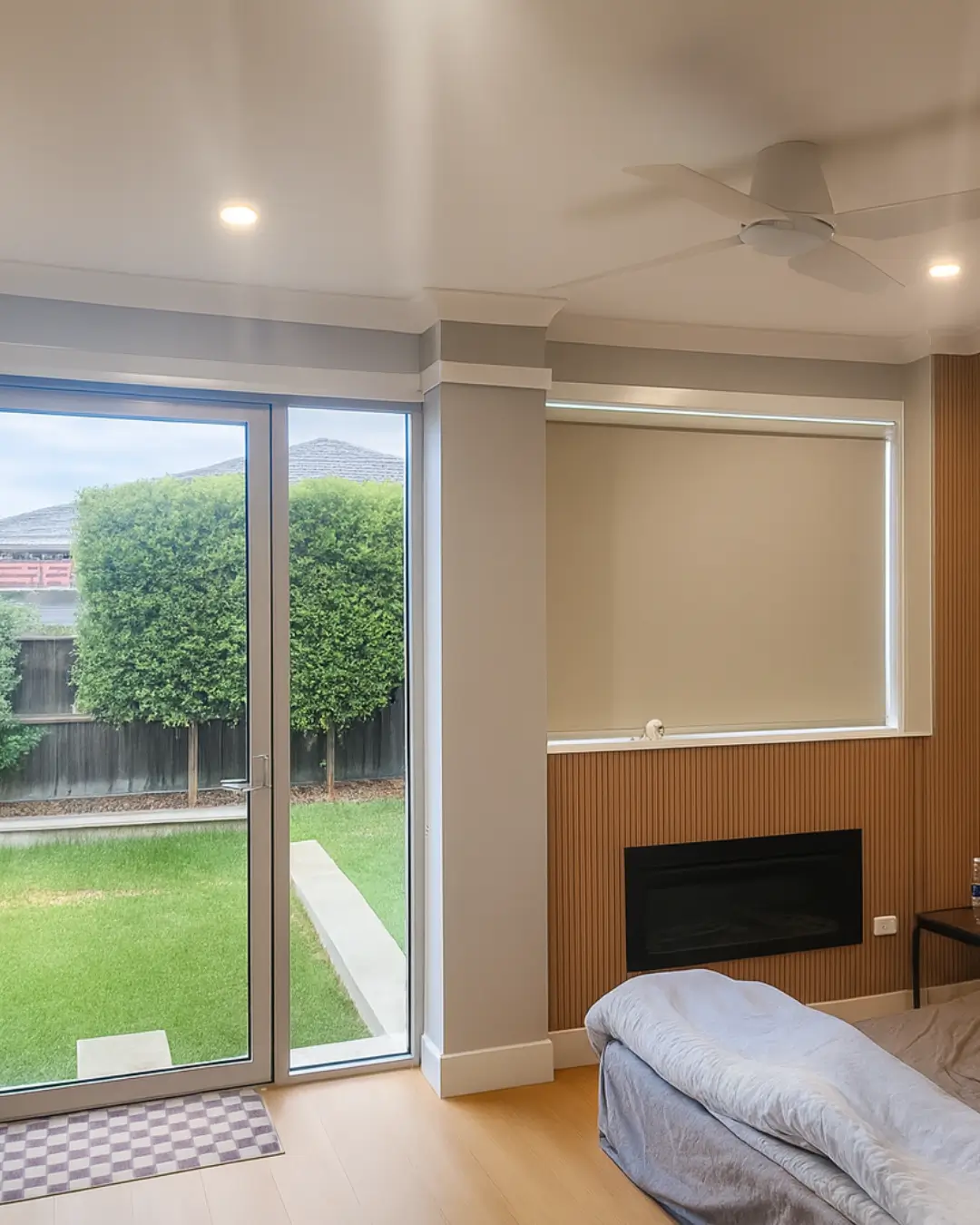
Emerging Home Extension Trends in Melbourne
To ensure your extension remains modern and competitive in the future:
Indoor-Outdoor Flow: Large glass doors and decks that integrate nature into daily living.
Energy-Efficient Builds: Solar panels, smart climate control, insulation upgrades.
Flexible Multi-Use Rooms: Guest + study combo rooms or home gyms.
Natural Materials: Timber, stone, and sustainable finishes.
Heritage Blends: Modern rear extensions with period façade preservation.
Council Rules & Permits for Extensions in Melbourne
Victoria has specific building and planning requirements that vary across councils. Key considerations:
Planning Permits: Required for major structural works, boundary changes, and heritage-listed properties.
Building Permits: Mandatory for all structural and compliance-related works.
Heritage & Overlay Restrictions: Heritage homes require sensitive design to maintain character.
Setback & Overshadowing Laws: Neighbour privacy and natural light must be preserved.
Height Limits & Zoning Rules: Critical for second-storey or dual-dwelling projects.
Tip: Engaging professionals familiar with Victorian Building Authority regulations can avoid compliance delays.
What Adds the Most Value in a Melbourne Home Extension?
Extensions can deliver exceptional ROI if you prioritise:
Extra Bedrooms & Bathrooms: A 3-to-4 bedroom upgrade significantly boosts value.
Open-Plan Living: Kitchen-living-dining layouts are highly sought-after.
Outdoor Entertaining Areas: Alfresco dining spaces attract buyers and renters alike.
Independent Living Zones: Granny flats or dual-occupancy units provide ongoing rental income.
Case studies show Melbourne extensions focused on functional and stylish upgrades can add up to 30% more value compared to unextended properties in the same suburb.
Budgeting for a Home Extension in Melbourne
Costs vary widely depending on size, design complexity, and finishes.
Average price ranges:
Ground-floor extensions: $2,500–$4,000 per m²
Second-storey additions: $3,000–$5,000 per m²
Luxury/heritage builds: $4,500–$7,000+ per m²
Factors influencing cost:
Site conditions (slopes, soil type).
Access (tight urban sites can increase labour costs).
Structural changes (load-bearing wall removals, underpinning).
Material & finish selections (standard vs premium).
Pro Tip: Always factor in 10–15% contingency for unexpected site issues.
Timeframes: How Long Does an Extension Take?
Timeframes depend on scope and permits:
Design & Approvals: 2–4 months
Construction:
Ground floor: 3–6 months
Second storey: 6–9 months
Finishing: 1–2 months
Heritage-listed or complex projects may require longer due to council approval.
Financing Your Home Extension
Funding options Melbourne homeowners use:
Home Equity Loans: Leverage property equity.
Construction Loans: Progress payments during build.
Refinancing: Combine with other debts for better rates.
Investment Loans: For rental or dual-occupancy extensions.
Speak with a mortgage broker for tailored finance strategies.
Sustainability and Green Building Considerations
Sustainable design is a growing priority:
Install energy-efficient windows, insulation, and solar.
Design for passive heating and cooling.
Choose eco-friendly materials like recycled timber and low-VOC paints.
Consider water-saving plumbing and rainwater harvesting.
These not only reduce bills but also appeal to environmentally conscious buyers.
Neighbour & Lifestyle Considerations
Privacy & Overshadowing: Design to protect neighbour amenity.
Noise & Disruption: Plan construction schedules with minimal lifestyle disturbance.
Access & Parking: Consider site logistics during construction.
Common Mistakes to Avoid When Planning an Extension
- Underestimating Costs: Cheap quotes often lead to hidden expenses.
- Neglecting Future Needs: Plan for life changes (e.g., ageing parents, work-from-home).
- Ignoring Energy Efficiency: Adds long-term costs and reduces buyer appeal.
- Choosing Inexperienced Builders: Leads to compliance issues or unfinished projects.
- Poor Integration: Extensions must complement the home’s architecture.
Key Takeaways: Melbourne Home Extensions are a Smart Move
A home extension isn’t just about adding square metres — it’s about improving lifestyle, increasing property value, and future-proofing your home or investment. Melbourne’s property market rewards well-planned, compliant, and stylish extensions.
Ready to Grow Your Rental Income with a Strategic Extension?
Book a free property consultation with our team and discover what’s possible with your current home. Whether you’re extending to rent, sell, or revalue — we’ll help you get the most from every square metre.

